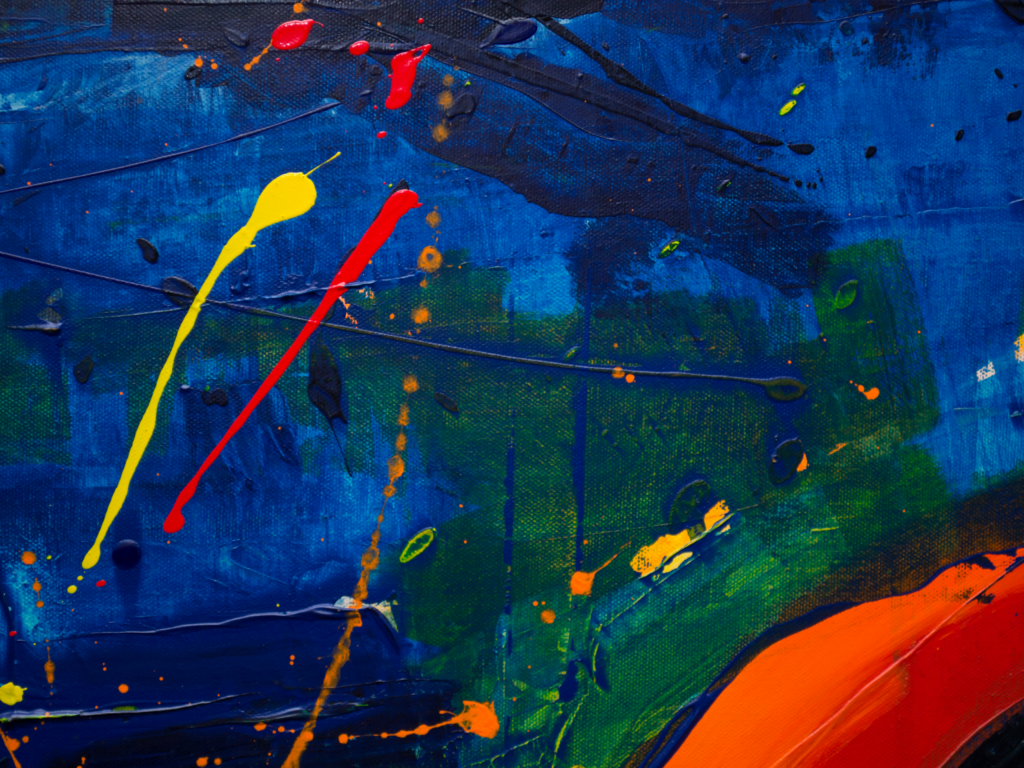Hello, Talku Talku Art lovers! The world of art has evolved so much over the years that there are different expressions of art. The biggest innovation in art happened in the 19th and 20th century and a lot of the innovations were influenced by technology. There are many more but these 7 major forms of art will be our focus today.
We have the fauvism & expressionism form of art, realism, photorealism, abstraction, abstract, painterly, and also, impressionism.
Realism
This is a form of art that is expressed through a sense of naturalism and illusion. The paintings are usually very detailed and they represent the objects in the painting perfectly well. The subject or object in the painting looks very realistic. The Realism form of art can be said to be the dominant style of art from the Renaissance days.
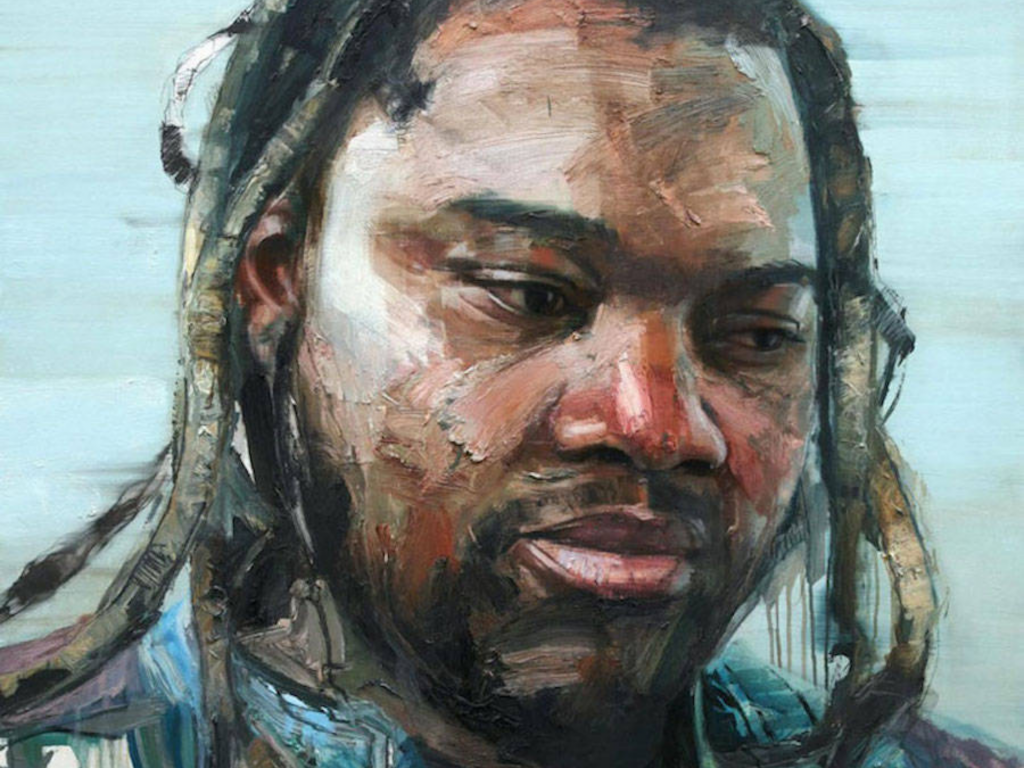
Impressionism
Impressionism is a form of painting that depicts its subjects in a vibrant and unique style. The paintings are done in broad and rapid strokes. One unique thing about the impressionism form of art is that it employs a lot of colors – bright colors at that. When this form of art was first introduced, some critics hated it and termed it as ‘unfinished and rough’. But now, it is appreciated, accepted, and revered.
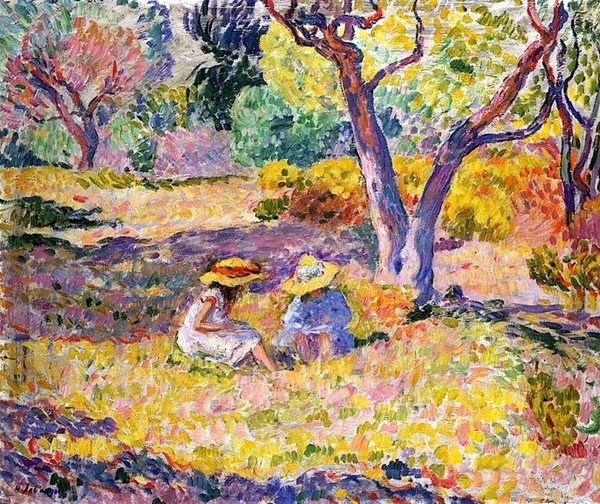
Painterly
This form of art, as the name implies, emphasizes and celebrates the act of painting which includes the art of brushwork and the character of pigments. Creatives who paint this form of art do not hide their artworks by smoothening the texture or brushstrokes. Whether the artist uses acrylics, gouche, oil paint, pastels and watercolors, they do not hide or try to create the illusion that they used a medium they didn’t. Henri Matisse is a legend in the painterly form of art.
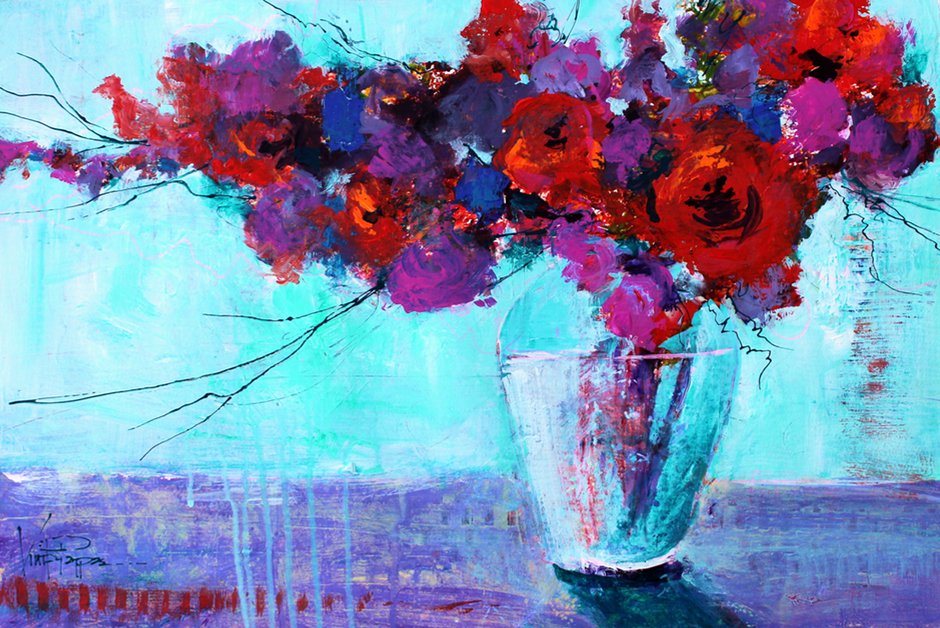
Abstraction
The depiction of a subject according to how the artist perceives and interprets the essence of the subject is an abstraction. Instead of the painters painting the subject in its real form, they paint their essence in whatever form they see fit. In this kind of art, a painter could represent a subject with paintings of shapes, patterns, and colors.
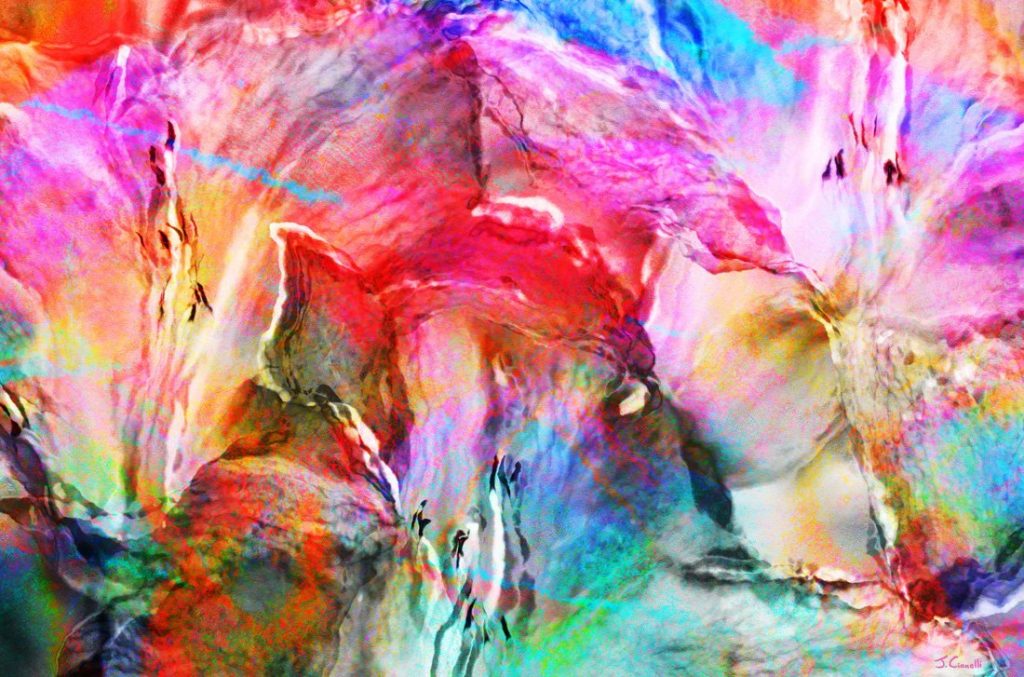
Abstract
The abstract form of art is the direct opposite of realism. It shuns the idea of realism and embraces the subjective. The colors used in creating abstract art, the textures in the art piece, and the materials used to create the art piece are of great importance. Artists such as Mark Rothko, and Jackson Pollock.
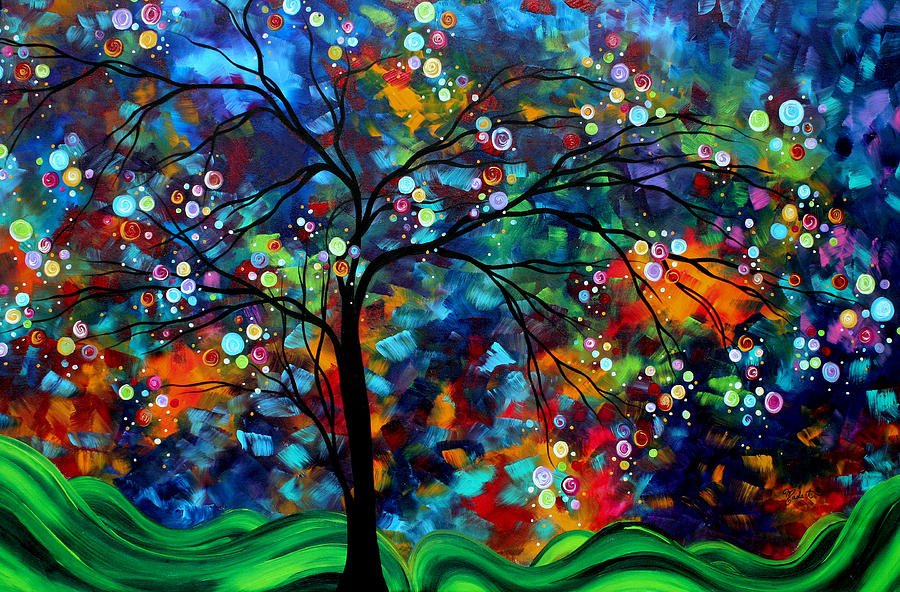
Expressionism and Fauvism
This form of art originated in Germany and France respectively out of the need for self-expression. They are characterized by colors that are bold and somewhat unrealistic. The expressionism and fauvism form of art is not aimed at making sense to the audience. It is simply a way of the artist expressing themselves. It doesn’t have to make sense. Expressionism differs from fauvism in that the former seeks to depict the horrors and grotesque of everyday life while the latter seeks to depict the exotic side of life and nature.
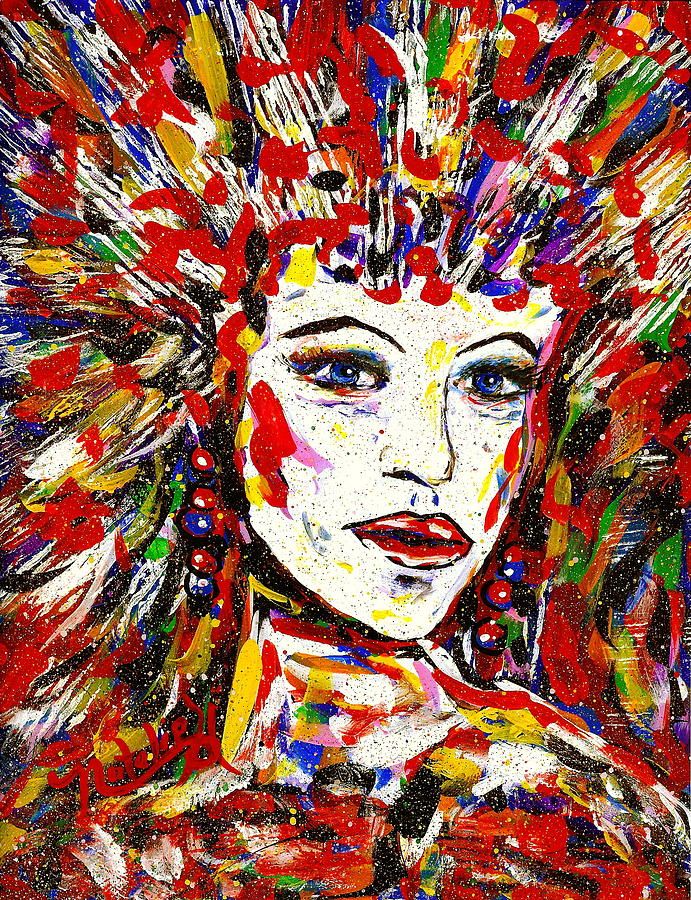
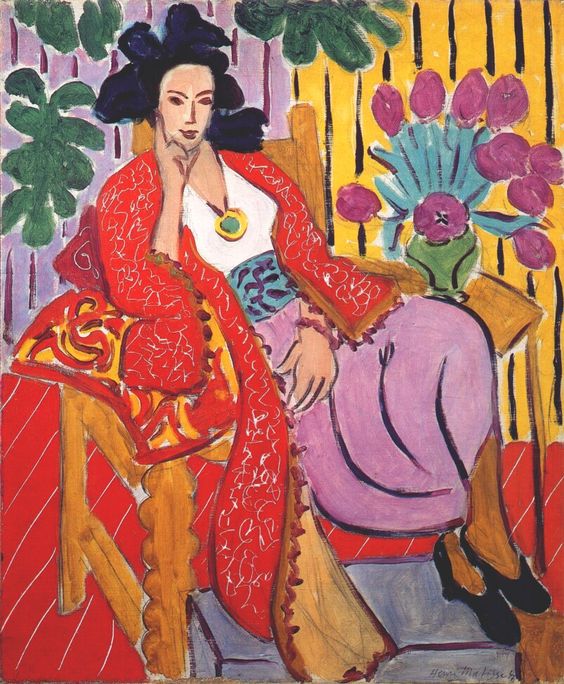
Photorealism
Photorealism is most common in the modern art world now. This form of art leaves no room for flaws. Every detail is attended to and flawless. Flaws cannot be turned into strong points seeing as the painting has to look more realistic than reality. The artist usually uses a photograph as his/her muse and attempts to recreate the exact image flawlessly. In photorealism, the art can be done by drawing, painting, and other graphic media.
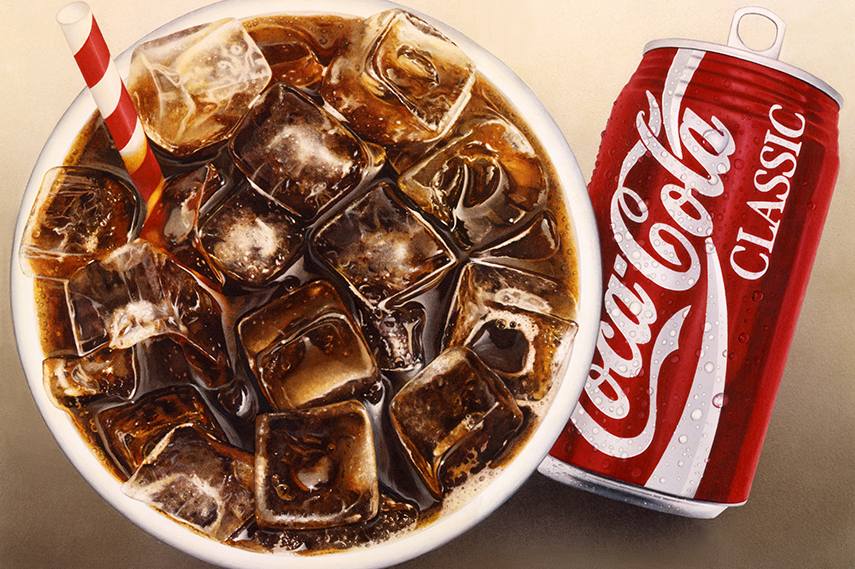
See also; Realism art: The art space is not diverse enough – Uyi Oriarewo


